

Clothing is more than just a means of covering the body; it is a powerful expression of identity, history, and culture. Traditional garments around the world are rich with symbolism, reflecting social status, cultural values, religious beliefs, and historical events. In this article, we will explore different traditional clothes from various cultures and what they convey about the people who wear them.
The kimono is a traditional Japanese garment known for its elaborate design, vibrant colors, and long sleeves. Historically, the kimono was worn by both men and women in Japan, though today it is primarily associated with formal occasions and ceremonies.
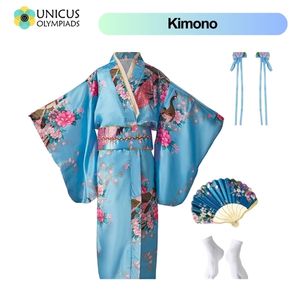
Kimono designs are deeply symbolic, with specific colors, patterns, and styles representing different seasons, occasions, and social statuses. For example, dark colors are often worn in winter, while lighter, floral patterns are chosen for spring. The kimono is also worn with a obi, a wide belt that signifies the wearer’s social rank, particularly in the case of formal or ceremonial attire.
Kente is a brightly colored, handwoven cloth traditionally produced by the Akan people of West Africa, particularly in Ghana. It is often associated with royalty, important ceremonies, and celebrations.
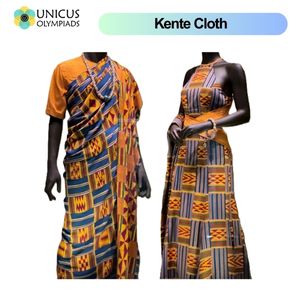
Kente cloth is highly symbolic, with each design and color representing specific meanings and values. The cloth is often worn during significant events such as weddings, graduations, and the coronation of kings. The patterns in kente fabric are rich with historical, spiritual, and political significance, often telling stories about the wearer or the occasion.
The sari is a traditional garment worn by women in India, Bangladesh, and other parts of South Asia. It consists of a long piece of cloth, usually around 5 to 9 yards, which is draped elegantly around the body, often over a blouse and petticoat.
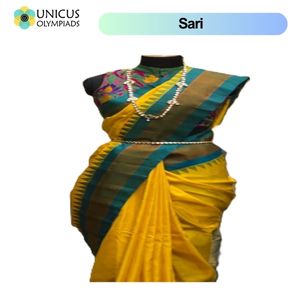
The sari is a symbol of Indian femininity and cultural identity. Its draping style varies by region, with different states and communities wearing the sari in unique ways. The choice of fabric, design, and color also carries cultural significance—silk saris are often worn during weddings and festivals, while cotton saris are more common for everyday wear.
The dashiki is a loose-fitting shirt, typically worn by men, with vibrant colors and elaborate patterns. It is popular across West Africa, particularly in countries like Nigeria, Ghana, and Senegal, and has also become a symbol of African heritage worldwide.
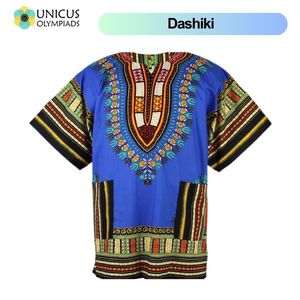
Dashikis are often worn during cultural events, festivals, and celebrations, reflecting pride in African heritage. The brightly colored and patterned fabric represents the wearer’s social status, personal taste, and cultural identity. The dashiki has also become a symbol of the Pan-African movement, worn by individuals who are proud of their African roots.
The kilt is a traditional Scottish garment worn by men, typically made of woolen cloth with a tartan pattern. It is worn as part of formal or ceremonial attire, often paired with accessories like a sporran (a small pouch) and a sgian dubh (a knife worn in the sock).

The kilt is a symbol of Scottish heritage and identity, often associated with clans and families. The tartan patterns on the kilt represent specific clans or regions, with each family or region having its own unique design. Kilts are worn during cultural celebrations, weddings, and Highland games, and they represent pride in Scottish history and traditions.
The huipil is a traditional Mexican garment worn by women, particularly in indigenous communities. It is a loose-fitting tunic made of cotton or wool, often adorned with colorful embroidery and patterns that reflect the wearer’s regional identity and ethnic background.
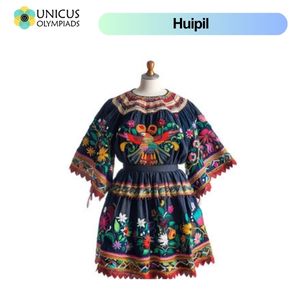
The huipil is deeply tied to the wearer’s indigenous roots and serves as a symbol of pride in cultural heritage. The patterns and colors used in the embroidery often reflect the wearer’s community, and each region has distinct styles. The huipil is typically worn for special occasions, such as festivals, weddings, and religious ceremonies, and its designs often carry spiritual or symbolic meaning.